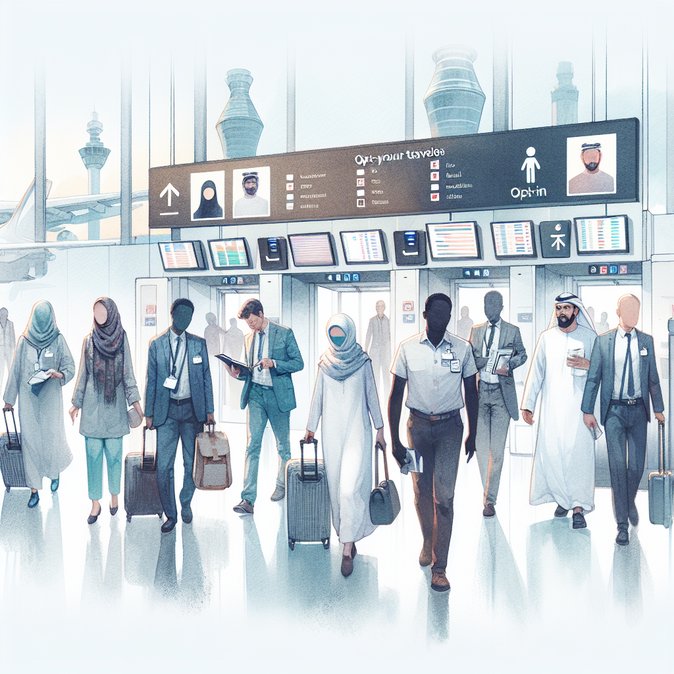
Dubai International Airport (DXB) has taken another leap forward in seamless travel after Emirates confirmed it has invested AED 85 million to deploy more than 200 biometrics-enabled cameras across Terminal 3 – from check-in and immigration counters to lounge entrances and boarding gates. The equipment, supplied in partnership with the General Directorate of Residency and Foreigners Affairs-Dubai (GDRFAD), recognises a traveller’s face from a metre away and matches it with the immigration database in less than a second, allowing passengers who opt in to walk through every control point without taking out a passport or boarding pass.
The airline says the first phase will cover all premium-class lanes by mid-December, with economy touch-points completed before the 2025/26 peak season. Travellers can enrol remotely through the Emirates app or at self-service kiosks; visitors without an existing biometric record will have a temporary profile created when they register, which is converted into a permanent GDRFAD record once they enter the UAE.
![Emirates rolls out 200 facial-recognition cameras at Dubai International to create passport-free journeys]()
According to Emirates, the initiative can cut average document-check time from 90 seconds to under 15 seconds, freeing up immigration officers to concentrate on higher-risk profiles and reducing queue length across the terminal. The project is part of a wider smart-gate strategy that already covers 120 e-gates operated by Dubai Airports and GDRFAD.
For multinational companies moving staff through the UAE hub, shorter dwell times translate into tighter connection windows, lower missed-flight risk and less paid downtime for travelling employees. Travel consultants estimate the end-to-end savings at 25–40 minutes per long-haul connection – a critical buffer when itineraries involve back-to-back meetings or onward flights to Africa and South Asia.
Emirates also confirmed that the facial-recognition dataset is stored inside the UAE’s government-run ICP cloud rather than airline servers, addressing corporate concerns over GDPR-style compliance for employee data. The carrier plans to extend the same single-token journey to Chauffeur-drive pick-ups and hotel check-in for premium customers over the next two years.
The airline says the first phase will cover all premium-class lanes by mid-December, with economy touch-points completed before the 2025/26 peak season. Travellers can enrol remotely through the Emirates app or at self-service kiosks; visitors without an existing biometric record will have a temporary profile created when they register, which is converted into a permanent GDRFAD record once they enter the UAE.

According to Emirates, the initiative can cut average document-check time from 90 seconds to under 15 seconds, freeing up immigration officers to concentrate on higher-risk profiles and reducing queue length across the terminal. The project is part of a wider smart-gate strategy that already covers 120 e-gates operated by Dubai Airports and GDRFAD.
For multinational companies moving staff through the UAE hub, shorter dwell times translate into tighter connection windows, lower missed-flight risk and less paid downtime for travelling employees. Travel consultants estimate the end-to-end savings at 25–40 minutes per long-haul connection – a critical buffer when itineraries involve back-to-back meetings or onward flights to Africa and South Asia.
Emirates also confirmed that the facial-recognition dataset is stored inside the UAE’s government-run ICP cloud rather than airline servers, addressing corporate concerns over GDPR-style compliance for employee data. The carrier plans to extend the same single-token journey to Chauffeur-drive pick-ups and hotel check-in for premium customers over the next two years.











